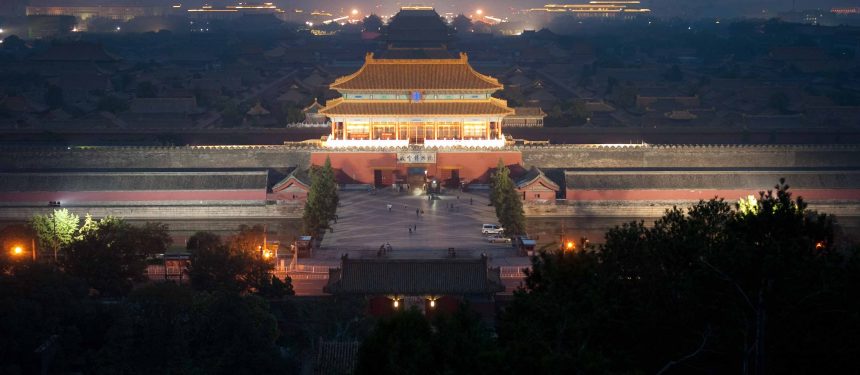Australian higher education exports could face significant disruption from China’s Belt and Road Initiatives if enough is not done to both engage and understand it, according to experts.
News and business analysis for Professionals in International Education
Have some pie!
Australia: Belt and Road disruption warning
 There is limited understanding of the impact BRI will have on Australia's higher education exports, say experts. Photo: Tom Winckels/Unsplash
There is limited understanding of the impact BRI will have on Australia's higher education exports, say experts. Photo: Tom Winckels/Unsplash “It’s the questions about the motivations and impacts that are really widespread”
Comments made at the Universities Australia Higher Education Conference in Canberra highlighted a growing disconnect between what is understood of the Belt and Road Initiative as an infrastructure policy and its broader impacts on education.
“We kind of know what it is… but it’s the questions about the motivations of it and the impacts that are really widespread. No one seems to be able to agree,” said Jane Golley, acting director of the Australian Centre on China in the World.
Golley added there was still debate over the efficiency of BRI as well as its overall purpose, with some arguing it was being used for debt-trap diplomacy, but said HE providers needed to work to understand the potential impacts on exports, as there were both opportunities and risks.
“If BRI succeeds in economic terms… [it] should raise the demand for foreign students wanting to come and travel in Australia, including Chinese students.”
“If instead, it’s a malevolent strategy, with China seeking to shift global rules and institutions in ways that suit them but probably won’t suit us, I think we just have to prepare for difficult times ahead,” she warned.
The deteriorating relationship between the two countries could also impact how China chooses to engage with Australia through BRI, Golley cautioned.
“I really do see the education sector as being the perfect microcosm for understanding the choices that we’re facing on a grand scale about the China relationship and how those choices affect our future,” she said.
Deputy director of the Australia-China Relations Institute James Laurenceson agreed with Golley’s points, observing that while most reporting on the Belt and Road had been around its infrastructure initiatives, China itself viewed it in terms of “five different types of connectivity”.
“People-to-people links are one of the types of connectivity the Chinese government talks a lot about in the Belt and Road,” he pointed out.
“For example, the Chinese Ministry of Education has its own BRI plan, talking about how China wants to develop joint education, training and research programs.”
Among those initiatives, he pointed to more than three times the number of government scholarships offered to study in China compared to Australia last year.
“It’s not going to be a surprise if some of the students we used to win here in Australia now [stay] in China,” Laurenceson said.
China’s increasing links with Africa through its BRI are explored in the latest edition of The PIE Review.
Still looking? Find by category:


